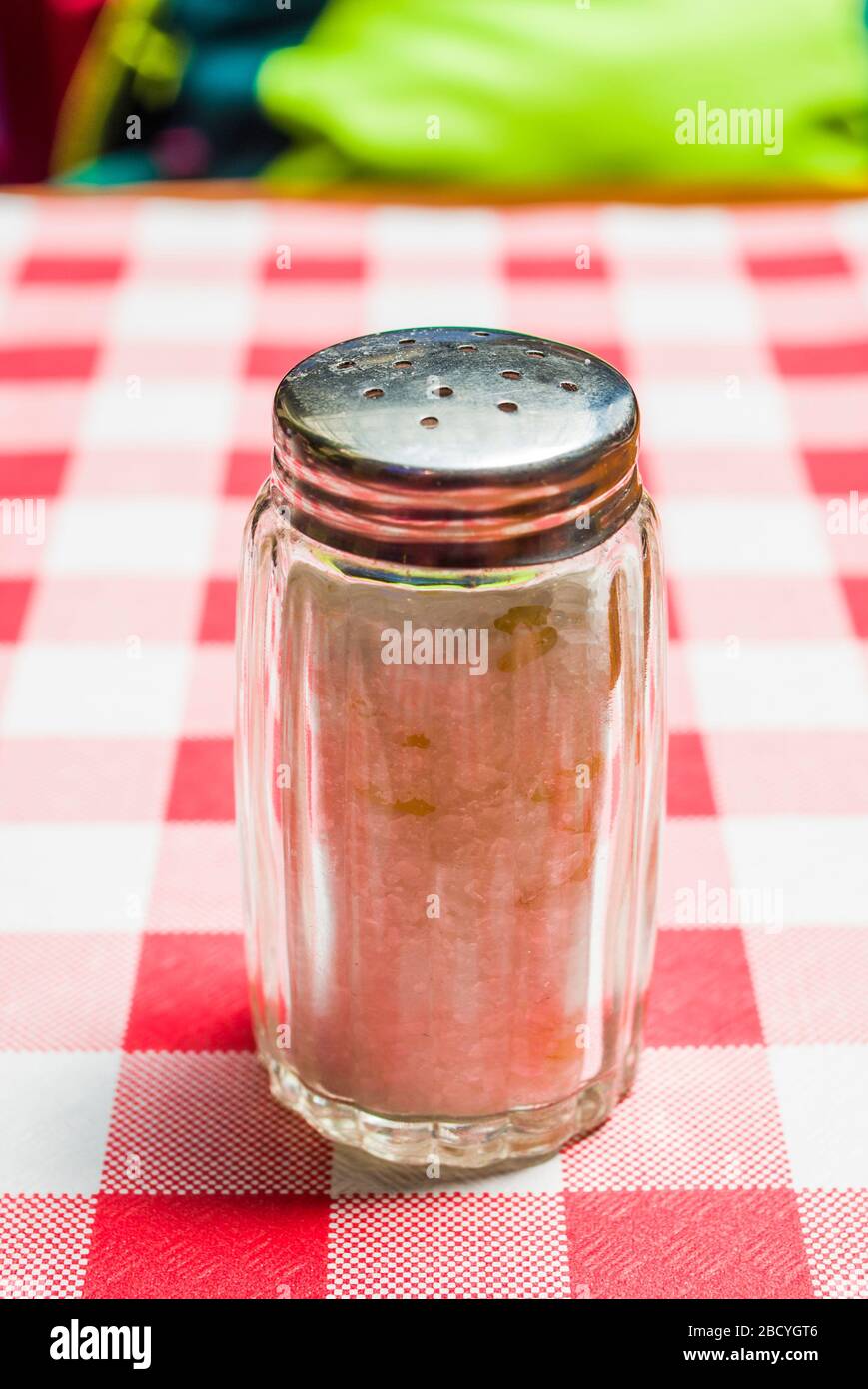
Above a relative humidity of about 75 percent salt will even become deliquescent meaning it takes up so much water that it becomes a solution. This process is actually the same one that occurs when salt is dissolved in water except that in this case the salt predominates so.

This means that the Silica attracts moisture onto the surface of its numerous pores rather than absorbing moisture.
Salt to absorb moisture. Salt absorbs water moisture because it is an ionic compound with strong attractive forces for the highly polar water molecules. This property means that salt is hygroscopic meaning that it absorbs both liquid water and water vapor in the air. This process is actually the same one that occurs when salt is dissolved in water except that in this case the salt predominates so.
Does salt absorb moisture. Salt has a strong ability to absorb water from its surroundings. Above a relative humidity of about 75 percent salt will even become deliquescent meaning it takes up so much water that it becomes a solution.
What is the best thing to absorb moisture. All you have to do is put some baking soda in a bowl or open container. Then place it in the.
Silica Gel is a moisture absorber made from sodium silicate. It has a high specific surface area which makes it a a very powerful dessicant or drying agent. Its name may be misleading because this form of silica is actually solid produced in a beaded or granular form.
The process by which Silica gel removes moisture from the air is called adsorption. This means that the Silica attracts moisture onto the surface of its numerous pores rather than absorbing moisture. Salt with higher moisture will clump and freeze in sheds in cold weather becoming hard to handle Need dry salt for mixing of treated salt to ensure leaching does not take place IMPORTANT If deductions from moisture testing are going to be pursued be.
Salt has a strong ability to absorb water from its surroundings. Above a relative humidity of about 75 percent salt will even become deliquescent meaning it takes up so much water that it becomes. You can use dried parsley leaves to prevent moisture.
Fill up 14 of the shaker and then put in the salt. You can also put in toothpicks which will have the same effect. I prefer broken ones but they have to be cleanly broken.
The calcium chloride moisture absorber is even easier to make than the rock salt dehumidifier. So at high humidity salt can absorb lots of moisture enough to become liquid. When it is liquid it will creep up the walls of the container by adhesion.
Then when humidity decreases the salt will lose almost all its moist and contract but leave residue up to. At up to 74 relative humidity and 20C salt does not absorb any appreciable quantities of water vapor. The critical water content of sodium chloride NaCl is 05 at 74 relative humidity which is the flow moisture point at which salt begins readily to absorb water vapor and increases such that at 75 relative humidity the salt dissolves hygroscopicity.
Baking soda is another common household product that absorbs moisture. Simply pour about a cup of baking soda in some decorative bowls or jars and place them around the room. You will probably want to replace the baking soda every 3-4 weeks as it will start to go a bit yuck after a while.
Step 1 Sprinkle salt on spills. It will absorb the liquid from coffee tea or wine spills making it easier to remove the stains1 X Research sourceStep 2 Mix a little salt with vinegar. If solving your moisture problem is something youd like to do inexpensively rock salt may be your answer.
Because rock salt is hygroscopic it absorbs moisture from the air. If your plan is to get rid of the humidity in a damp basement start with a 50-pound bag of sodium chloride to make your rock salt dehumidifier. The rice grains are known to absorb the moisture and keep the salt dry.
This is considered to be one of the most effective tricks that can even help in reviving damp salt. Use long rice grains to. Salt lamps absorb as much moisture as any other porous object like cotton and regular table salt.
And theres no quality in a Himalayan salt lamp that makes it absorb any contaminated moisture. Its actually better to keep moisture in the air depending on where you live. If you live in a overly humid part of the world I can actually see some solid reasoning.
Calcium chloride – Calcium chloride is also a salt and aggressively adsorbs moisture from the air. It presents more of a health risk that sodium chloride although that risk is still considered low. If inhaled it can cause irritation of the lungs and contact with the eyes or wet skin can cause irritations or burns.